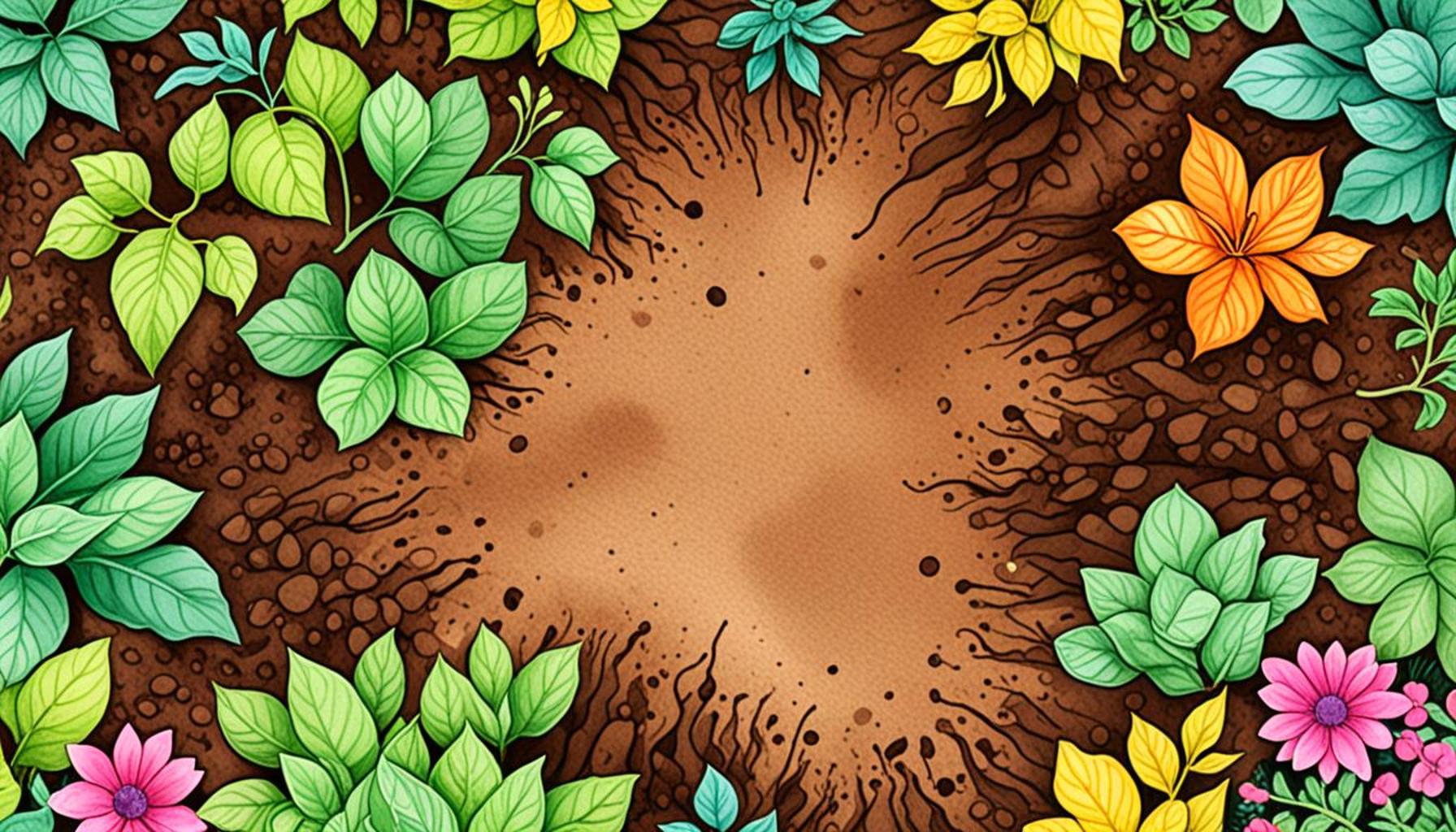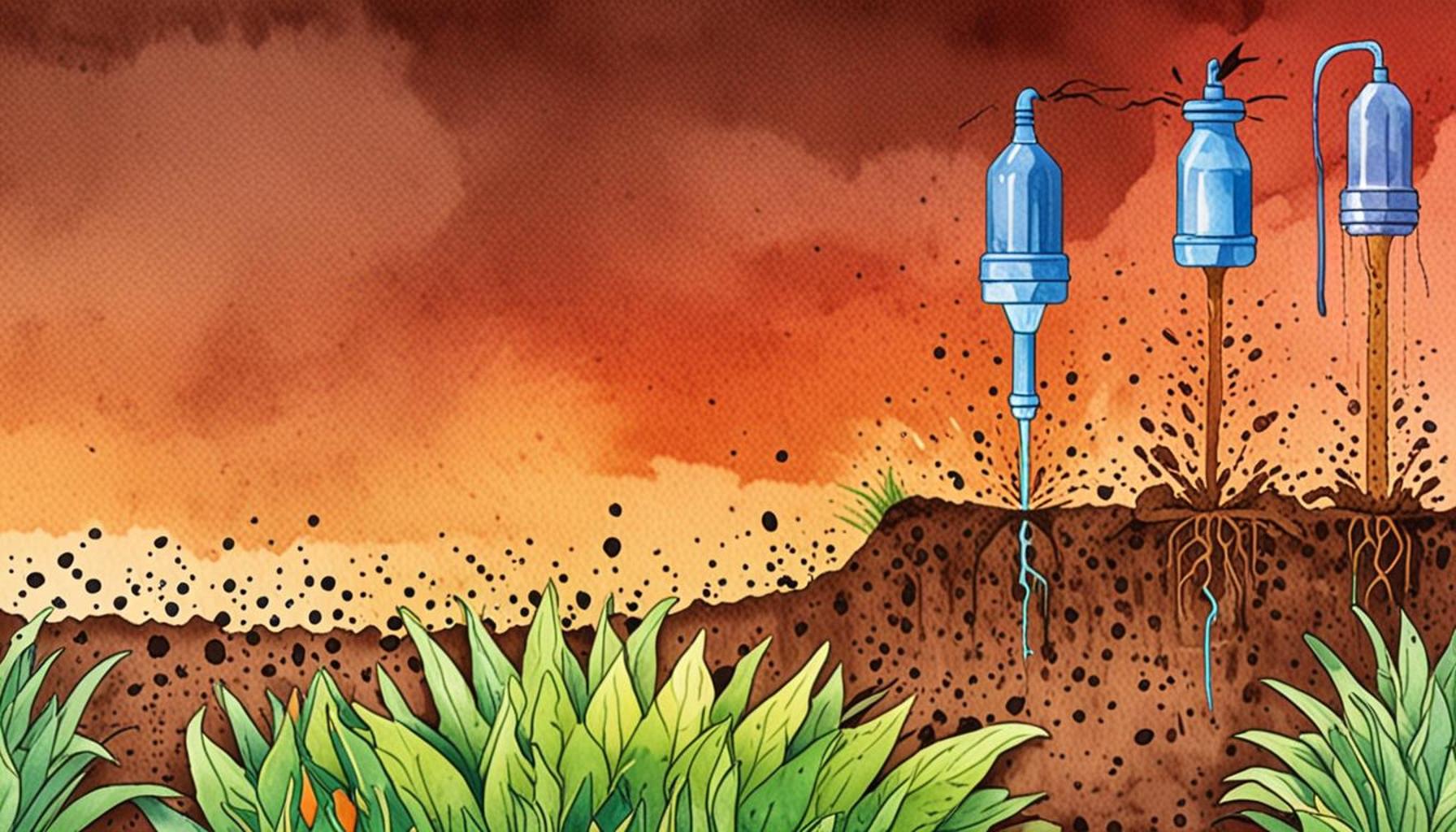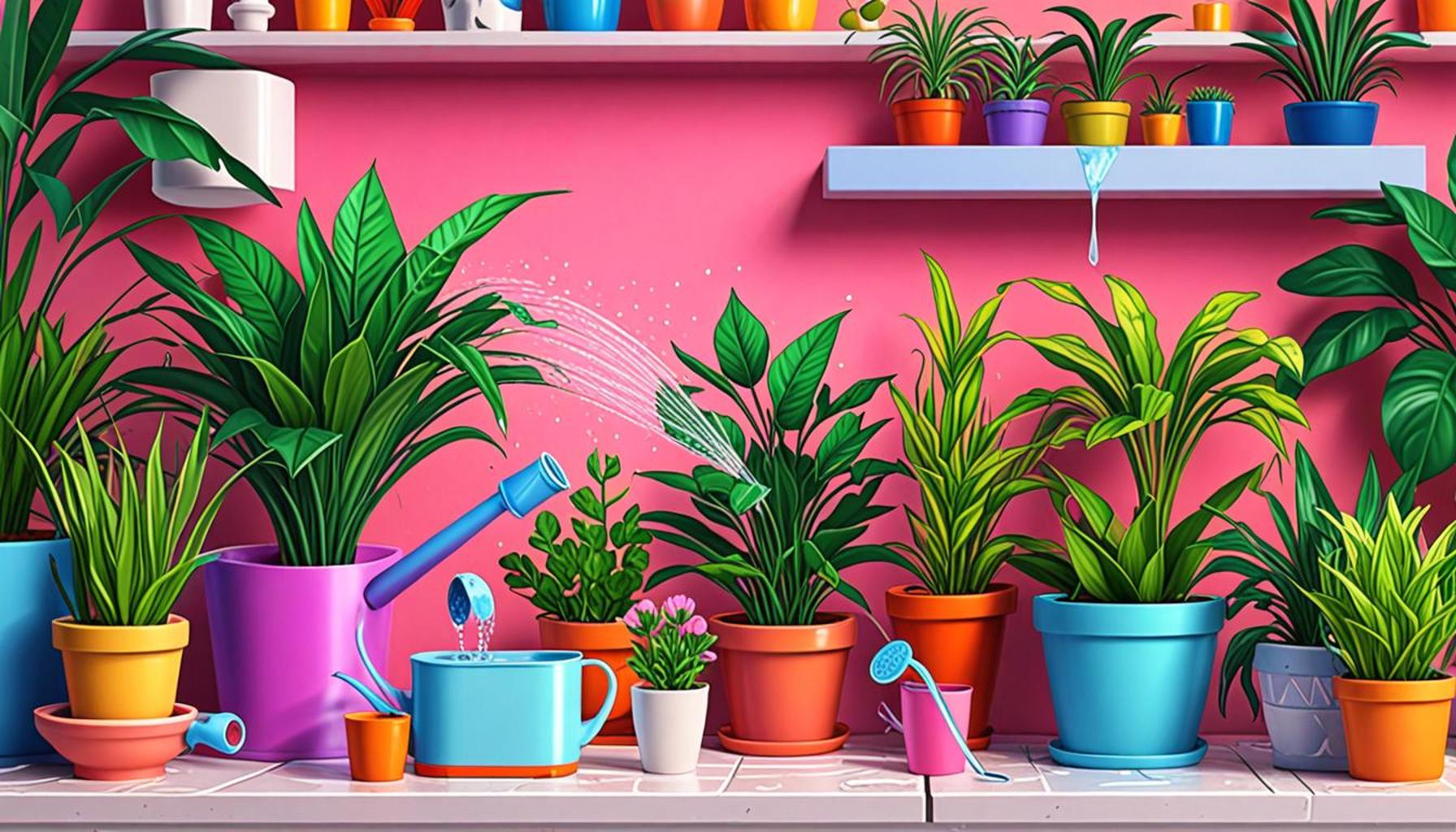Automatic Irrigation: How to Install Irrigation Systems to Ease Plant Care
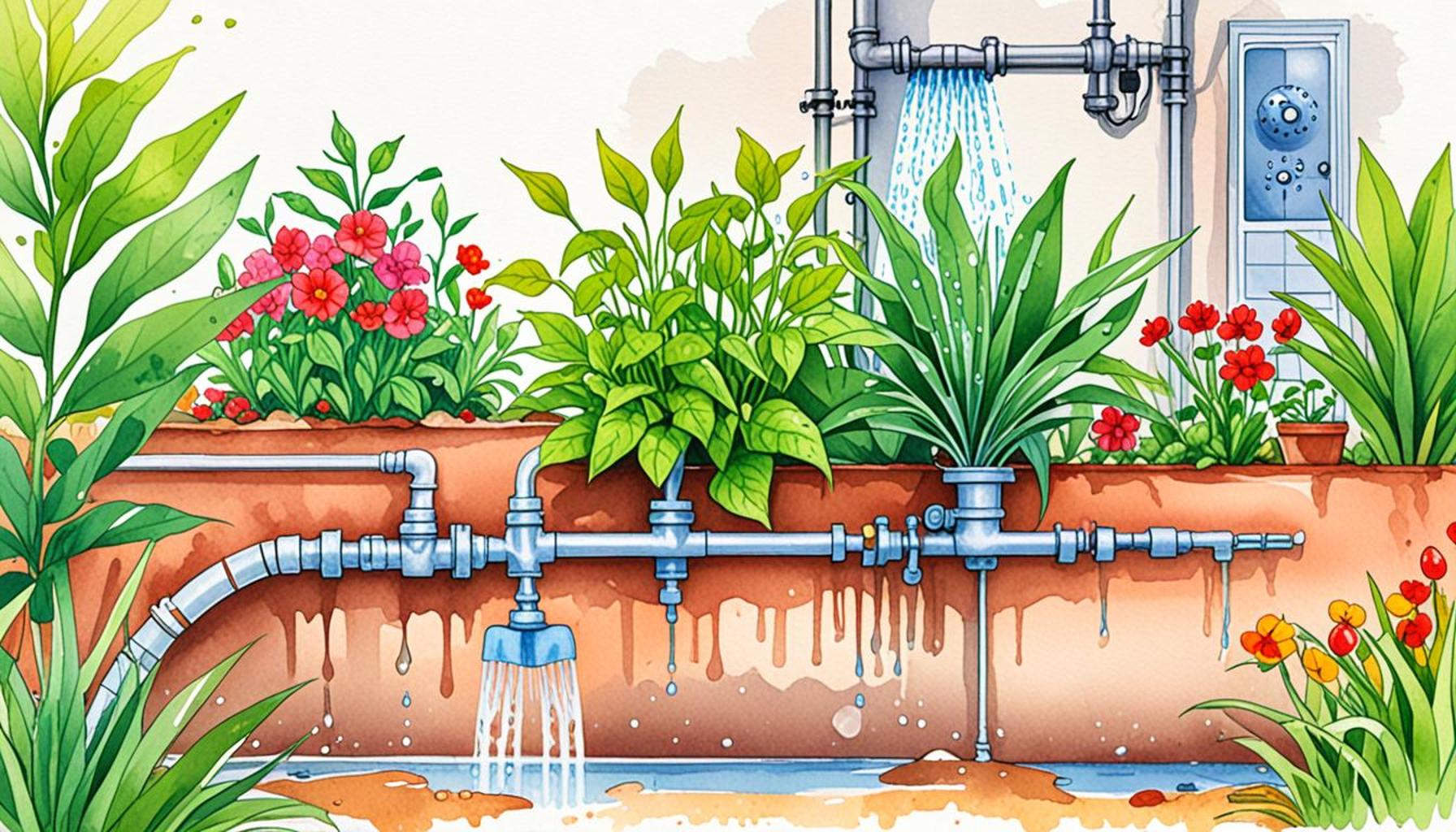
Understanding the Benefits of Automatic Irrigation Systems
In an era where time is precious and environmental concerns are paramount, the adoption of automatic irrigation systems has become increasingly popular among gardeners and homeowners alike. These systems enable you to maintain lush, thriving gardens with minimal effort while promoting sustainability.
Efficient Water Usage
One of the most compelling advantages of installing an automatic irrigation system is its ability to optimize water usage. These systems can be programmed to deliver precise amounts of water directly to the roots of plants, significantly reducing water waste. For instance, a traditional garden might consume more water due to over-spraying or evaporation, especially during the hot summer months. By contrast, a drip irrigation system, which releases water slowly and directly into the soil, can use up to 50% less water than traditional methods. This conservationism not only benefits the environment, but also helps lower your water bill, making it a financially savvy choice.
Consistent Care
Automatic irrigation systems ensure that your plants receive the hydration they need, precisely when they need it. This consistency is crucial for plant health, as fluctuations in watering can lead to stress, which may manifest as wilting or stunted growth. For example, if you have a busy schedule or plan extended vacations, an automatic system programmed to water your garden daily can maintain optimal soil moisture levels, preventing drought-related damage. Furthermore, many modern systems come equipped with weather sensors that can adjust watering schedules based on rainfall, ensuring that plants receive the right amount of water without manual intervention.
Less Manual Labor
Garden upkeep can often be a labor-intensive task that demands a significant investment of time. Automatic irrigation systems alleviate this burden, allowing you to spend your time on other enjoyable activities, like planting new flowers or simply relaxing in your garden. With remote monitoring capabilities through smartphone apps, you can easily oversee your system and make adjustments without setting foot in your garden. This innovation not only streamlines your watering routine but also enhances your engagement with your outdoor space.
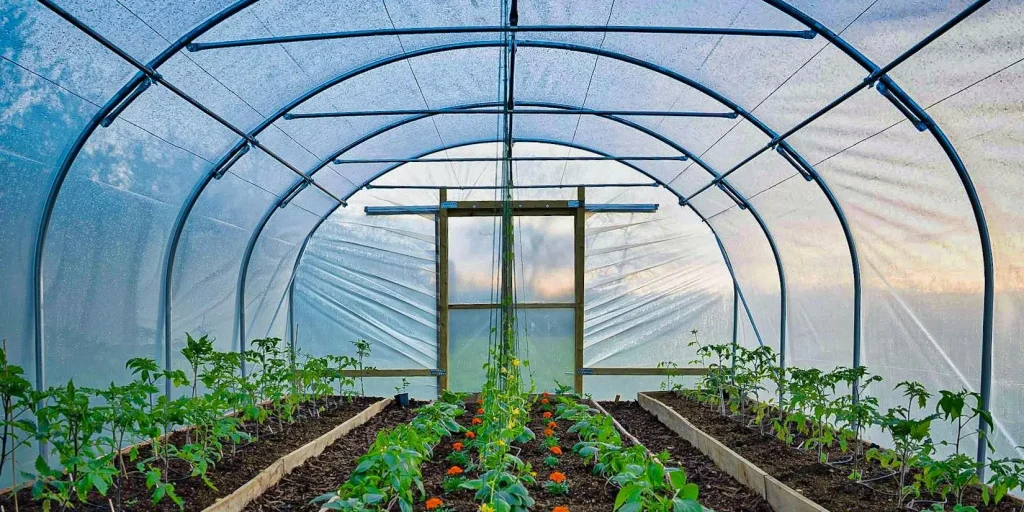
For anyone considering the switch to an automatic irrigation system, it’s essential to assess your garden layout and plant types. Understanding your specific needs will help you select the right system, whether you opt for sprinklers, drip lines, or even smart irrigation solutions compatible with your home network. Each system offers unique advantages tailored to different landscapes, so careful consideration is key.
In conclusion, the transition to an automatic irrigation system could be one of the most rewarding upgrades for your garden and outdoor area. As we dive into the details of selecting and installing these systems, readers will find themselves well-equipped to transform their watering practices and cultivate healthy, flourishing landscapes.
LEARN MORE: Click here to enhance your garden’s nutrient strategy
Choosing the Right Automatic Irrigation System for Your Garden
Before diving into the installation process of an automatic irrigation system, it’s crucial to understand the various options available. Each irrigation system type is designed to meet specific gardening needs, and choosing the right one will significantly impact your garden’s health and your maintenance routine. Below are some popular types of irrigation systems you might consider.
1. Drip Irrigation Systems
Drip irrigation systems are known for their efficiency and precision. Ideal for flower beds, vegetable gardens, and potted plants, they deliver water directly to the root zone. This method significantly reduces water loss due to evaporation and runoff. Additionally, you can quickly install drip systems yourself, making them a favorite among DIY gardeners. Key features of drip irrigation systems include:
- Flexibility in layout, allowing you to effectively water plants regardless of bed shape.
- The option to incorporate filters and pressure regulators for enhanced system longevity.
- Timers that can automate watering schedules, ensuring plants receive consistent irrigation.
2. Sprinkler Systems
For larger lawns and gardens, sprinkler systems are an excellent choice. These systems can cover large areas with ease and are adjustable to suit various plant types and garden layouts. They can be stationary, oscillating, or rotating, offering versatility depending on your garden design. With the right configuration, you can efficiently water grassy areas and flower beds without over-saturating specific zones. Some benefits of sprinkler systems include:
- Covers expansive areas, making it suitable for larger gardens.
- Can be automated with timers and moisture sensors for better efficiency.
- Varied nozzle options allow for tailored watering, catering to different plant needs.
3. Soaker Hoses
Another option for gardeners seeking to utilize automatic irrigation is the soaker hose. This simple yet effective system consists of porous hoses that allow water to seep through their walls, delivering moisture directly to the soil. Soaker hoses can be laid out in any configuration, making them great for irregularly shaped gardens. They work best when buried under mulch, which helps retain moisture in the ground. Advantages of soaker hoses include:
- Cost-effective and easy to install.
- Minimizes water evaporation and runoff.
- Perfect for vegetable gardens that require consistent moisture.
Understanding the different types of automatic irrigation systems available will help you make an informed decision tailored to your garden’s specific needs. Each type offers unique benefits, and your choice should consider factors such as garden size, plant types, and water availability. As you begin to evaluate your options, be sure to explore local articles and resources to gain insights into what works best for your particular climate and landscape.
Next, we will explore the essential steps for how to install these systems effectively, ensuring that your plants receive the care they deserve with minimal effort on your part.
| Advantages | Description |
|---|---|
| Water Conservation | Utilizes precise delivery techniques that minimize waste, ensuring plants receive the exact amount of water needed. |
| Time Efficiency | Automated systems save labor time and reduce the effort required for manual watering, allowing for better plant care management. |
| Consistent Irrigation | Provides uniform watering schedules that cater to specific needs, ensuring optimal growth and health of plants. |
| Increased Yield | Regular irrigation contributes to better flowering and fruiting, which can lead to increased crop productivity. |
As you delve deeper into the world of automatic irrigation, you’ll discover how these systems not only simplify plant maintenance but also promote a sustainable gardening practice. By understanding the benefits outlined in the table, you can fully appreciate the transformative effects of automated systems on plant care. This knowledge can lead to more informed decisions about which system will best suit your gardening needs, and ultimately create a healthier, more robust plant environment.
DISCOVER: Click here to learn about essential soil preparation tools
How to Install Your Automatic Irrigation System
Installing an automatic irrigation system may seem daunting, but breaking it down into manageable steps can simplify the process. Whether you opt for a drip system, sprinkler setup, or soaker hoses, following a systematic approach will help ensure you achieve optimal results. Below are some fundamental steps to consider when installing your irrigation system.
1. Planning Your Layout
The first step in the installation process is to carefully plan your irrigation layout. Start by sketching a map of your garden or lawn, indicating where each plant is located and their watering needs. Consider the following factors:
- Different plants have varying water requirements; group them accordingly.
- Observe the sun and shade patterns throughout the day to avoid overwatering shaded areas.
- Plan for any obstacles such as trees, fences, or pathways that may impede water distribution.
2. Selecting Components
Once you have your layout, select the necessary components for your irrigation system based on your chosen type. For a drip irrigation system, for example, you will need drip tubing, emitters, connectors, and stakes. If you decide on a sprinkler system, consider the types of heads you need (fixed, oscillating, or rotating) as well as the required attachments. Two components to pay special attention to are:
- Timers: Automating your system allows it to operate efficiently without manual intervention. Choose a timer that suits your garden’s specific requirements, ensuring it has customizable features.
- Filters: These are crucial for keeping the water flow clean, preventing clogs that can disrupt watering schedules.
3. Installation Steps
Begin the installation process by laying out the mainline tubing for drip systems or connecting the water source to sprinkler heads. For drip irrigation, bury the tubing in the soil to protect it from sunlight and damage. Here are some specific steps to follow:
- For drip systems, install emitters near the base of each plant, using stakes to hold them securely in place.
- For sprinkler systems, position the heads based on the radius and coverage area and ensure they are adequately spaced to avoid dry patches.
- When using soaker hoses, lay them out in loops or straight lines around your plants and cover them with mulch to retain moisture.
4. Testing and Adjusting
Once the installation is complete, it’s time to test the system. Monitor how water is distributed, checking for any over-saturation or dry spots. Adjust the emitters or sprinkler heads accordingly. Moreover, keep these tips in mind:
- Check for leaks at all connections and ensure emitters are functioning correctly.
- Use moisture sensors or watch your plants during the initial test to gauge their response to watering.
- Fine-tune your timer settings according to the current weather conditions—hotter days may necessitate longer watering times.
Installing an automatic irrigation system is a valuable step toward easing plant care. By planning effectively, selecting the right components, following a systematic installation process, and testing and adjusting, you will create a reliable watering system that keeps your plants healthy with minimal effort. As you navigate the world of automatic irrigation, remember that regular maintenance and seasonal adjustments will further enhance your garden’s sustainability and aesthetics.
DISCOVER MORE: Click here to learn about the benefits of mulching
Conclusion
In summary, automatic irrigation systems stand as a transformative solution for both novice and experienced gardeners seeking to streamline plant care. By taking the time to develop a detailed plan, selecting appropriate components, implementing an organized installation process, and continuously testing and adjusting your system, you can create a robust irrigation setup that maximizes efficiency and minimizes water waste. The benefits of such systems extend beyond convenience; they enhance plant health, promote water conservation, and support sustainable gardening practices.
As a gardener in the United States, you’ll find that utilizing technology like moisture sensors and programmable timers can greatly adapt your irrigation system to the diverse climates across the nation. Whether you’re in the arid Southwest or the humid Southeast, an automatic irrigation system can be tailored to meet your unique requirements, allowing you to cultivate a thriving garden with less effort.
Furthermore, as you embrace this technology, don’t forget the importance of regular maintenance and seasonal evaluations to ensure long-term efficiency. The knowledge gained from implementing an automatic irrigation system will not only ease your workload but may also lead to a newfound appreciation for the science behind plant care. Explore your options, invest in quality components, and enjoy a greener, healthier garden year-round.
